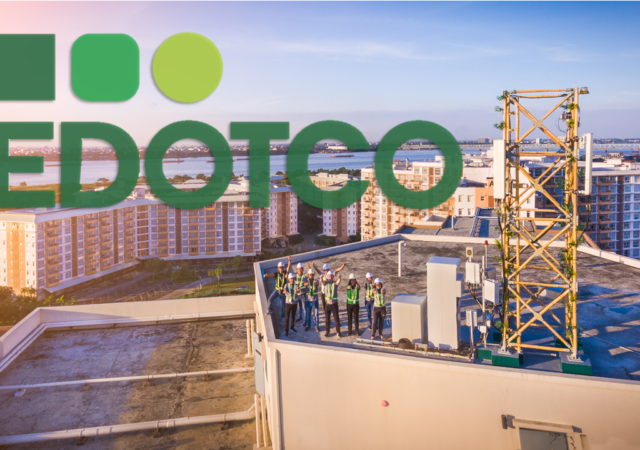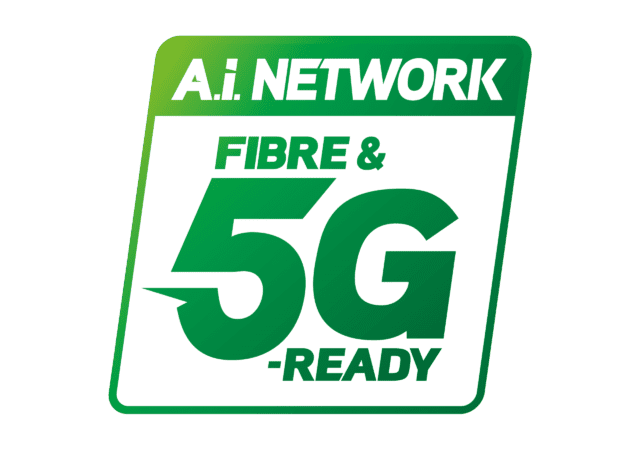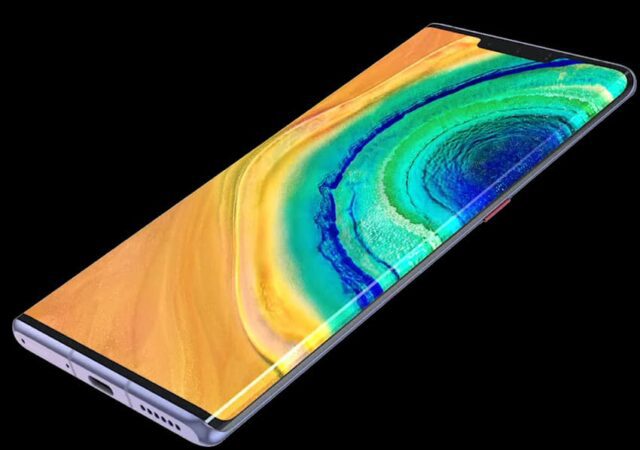EDOTCO celebrates its 10th anniversary by refocusing its efforts on sustainability and equitable connectivity with a new “Bionic Organization” approach.
YES x Shopee DATABACK – Like Cashback, but for Data
YES and Shopee partners up to exclusively bring customers one of a kind rebate program for mobile data plans.
Another Step Toward a 5G Malaysia – Maxis Hits Nearly 3Gbps In Latest Test
5G is a relatively new technology globally. So far, only three known regions have successfully implemented the technology; two of them are in Asia. Then again, the two Asian countries also have two of the biggest telecommunications organisations in the…
HUAWEI Mate 30 Pro 5G Coming to Malaysia?
If you kept up with the tech scene as of 2019, there would be one topic that is a little more outstanding that others. No, not foldable devices. Nope, not even flexible glass, or roll-able TVs like LGs. The hottest…






